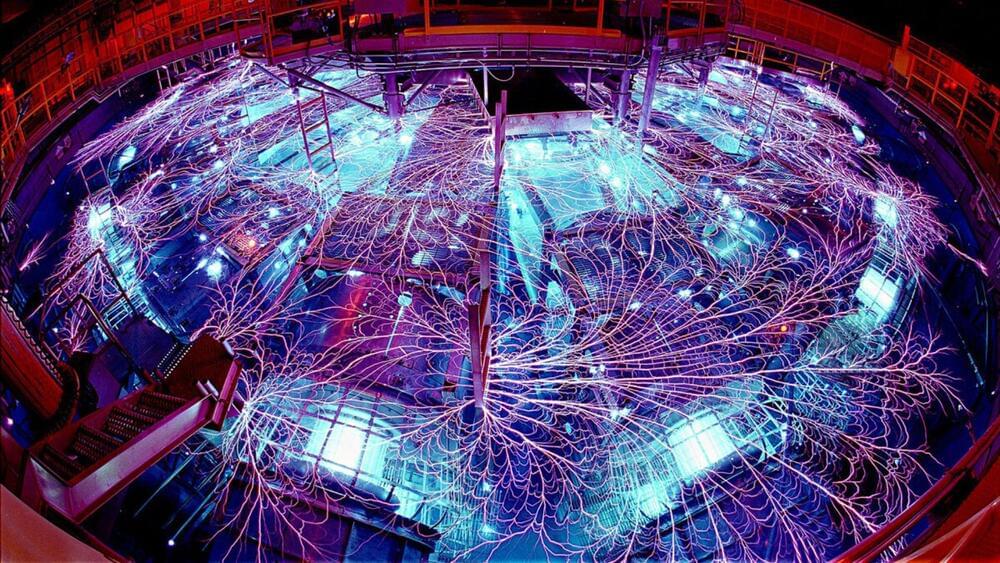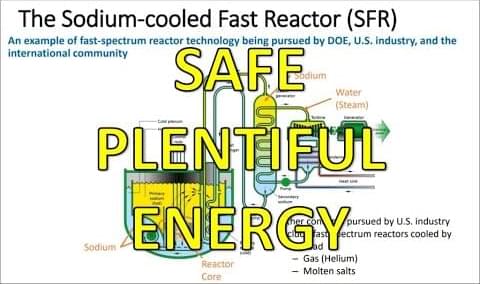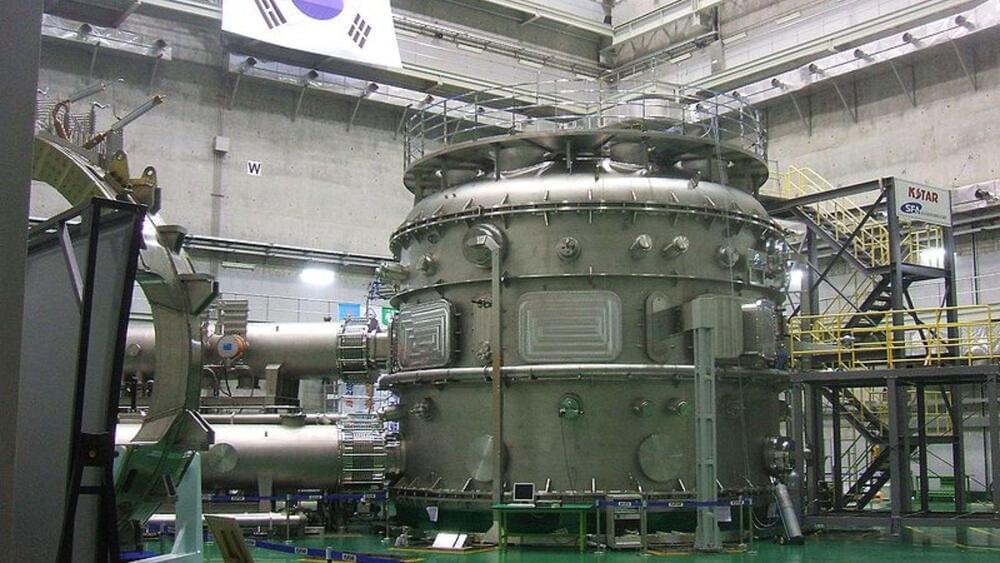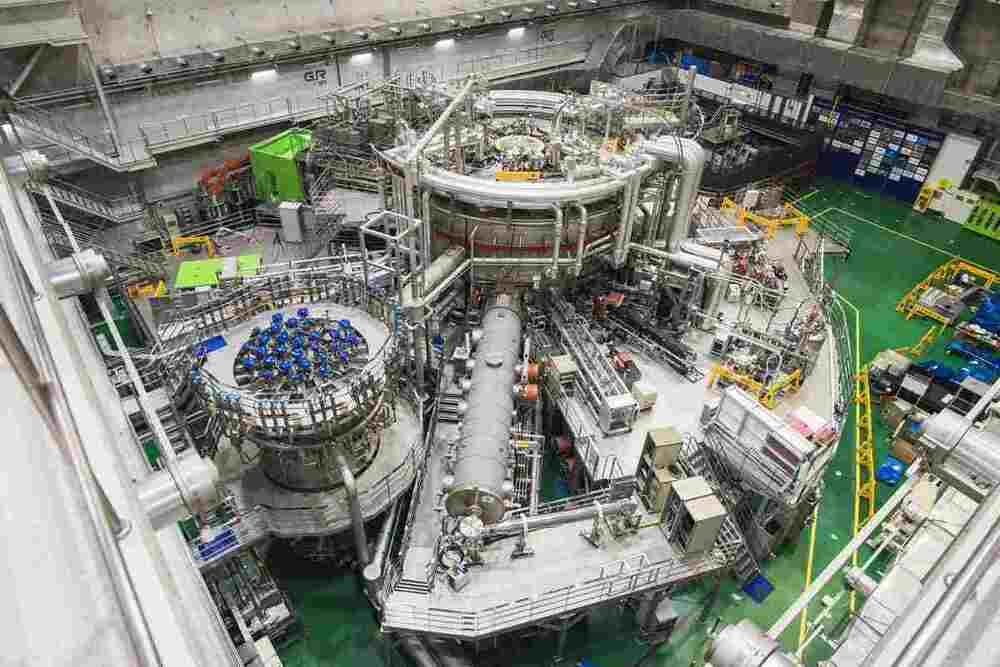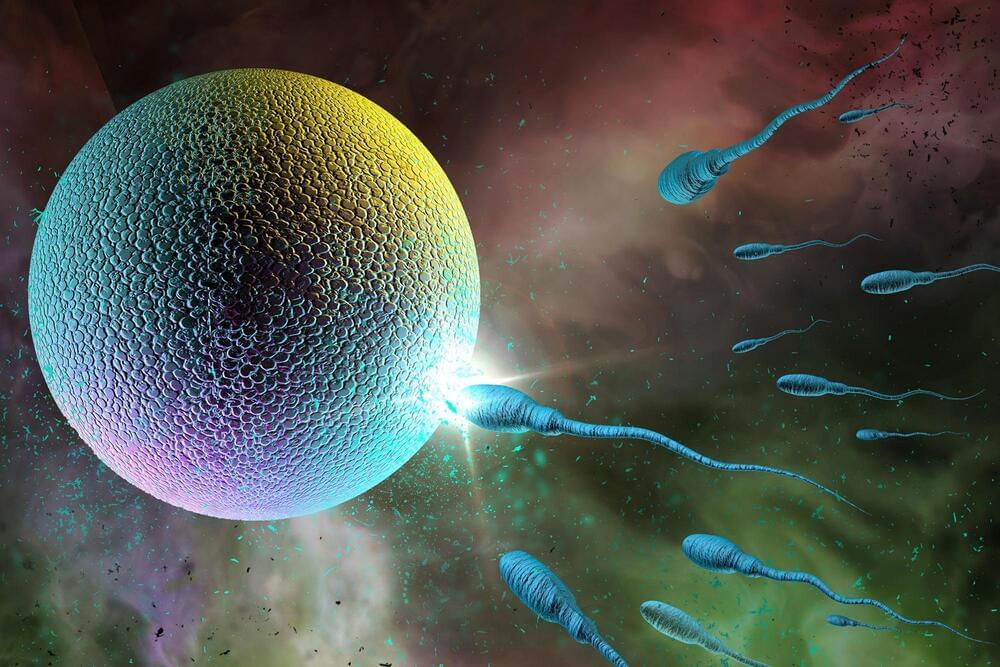Peng Xianjue unveils plans for combined fusion-fission reactor that could make China world’s first to achieve the elusive viable energy source.
Category: nuclear energy – Page 60
So far, Chinese scientists have achieved a reaction running at a slightly cooler 70 million degrees celsius for more than 17 minutes.
China aspires to produce unlimited clean energy through nuclear fusion by 2028.
The “world’s largest” pulsed-power plant will be built in Chengdu, Sichuan province, according to Professor Peng Xianjue of the Chinese Academy of Engineering Physics, The Independent reported on Wednesday.
ABSTRACT breaks down mind-bending scientific research, future tech, new discoveries, and major breakthroughs. China has discovered a crystal from the Moon made of a previously unknown…
Plentiful, safe, energy that burns up nuclear waste as fuel could be provided as soon as we build these reactor, There is no excuse for us freezing this winter! Watch and learn. Share widely to get the word out!
Worm-hole generators by the pound mass: https://greengregs.com/
For gardening in your Lunar habitat GalacticGregs has teamed up with True Leaf Market to bring you a great selection of seed for your planting. Check it out: http://www.pntrac.com/t/TUJGRklGSkJGTU1IS0hCRkpIRk1K
Awesome deals for long term food supplies for those long missions to deep space (or prepping in case your spaceship crashes: See the Special Deals at My Patriot Supply: www.PrepWithGreg.com.
https://youtu.be/pDSEjaDCtOU?t=2526
Ian Hutchinson’s concerns for existential risk after minute 42.
Ian Hutchinson is a nuclear engineer and plasma physicist at MIT. He has made a number of important contributions in plasma physics including the magnetic confinement of plasmas seeking to enable fusion reactions, which is the energy source of the stars, to be used for practical energy production. Current nuclear reactors are based on fission as we discuss. Ian has also written on the philosophy of science and the relationship between science and religion.
Support this podcast by supporting our sponsors:
- Sun Basket, use code LEX: https://sunbasket.com/lex.
- PowerDot, use code LEX: https://powerdot.com/lex.
EPISODE LINKS:
Ian’s Website: https://www-internal.psfc.mit.edu/~hutch/
Can a Scientist Believe in Miracles? (book): https://amzn.to/30aooVT
Monopolizing Knowledge (book): https://amzn.to/2Xb2a4q.
PODCAST INFO:
A sustained, stable experiment is the latest demonstration that nuclear fusion is moving from being a physics problem to an engineering one.
According to research from the Center for Genomic Regulation (CRG) published in the journal Nature, immature human egg cells bypass a critical metabolic process believed to be necessary for producing energy.
The cells modify their metabolism to stop producing reactive oxygen species, dangerous molecules that can accumulate, damage DNA
DNA, or deoxyribonucleic acid, is a molecule composed of two long strands of nucleotides that coil around each other to form a double helix. It is the hereditary material in humans and almost all other organisms that carries genetic instructions for development, functioning, growth, and reproduction. Nearly every cell in a person’s body has the same DNA. Most DNA is located in the cell nucleus (where it is called nuclear DNA), but a small amount of DNA can also be found in the mitochondria (where it is called mitochondrial DNA or mtDNA).
Practical nuclear fusion is, famously, always 10 years in the future. Except that the Pentagon recently gave an award to a tiny startup to launch a fusion power system into space in just five.
There is no shortage of organizations, from VC-backedstartups to nation states, trying to realize the dream of cheap, clean, and reliable power from nuclear fusion. But Avalanche Energy Designs, based near a Boeing facility in Seattle, is even more ambitious. It is working on modular “micro fusion packs,” small enough to hold in your hand yet capable of powering everything from electric cars to spaceships.
Last month, the Pentagon’s Defense Innovation Unit (DIU) announced it had awarded Avalanche an unspecified sum to develop its Orbitron fusion device to generate either heat or electricity, with the aim of powering a high-efficiency propulsion system aboard a prototype satellite in 2027. The contract to Avalanche was one of two awarded by the DIU—the second going to Seattle-based Ultra Safe Nuclear for development of its radioisotope battery.

